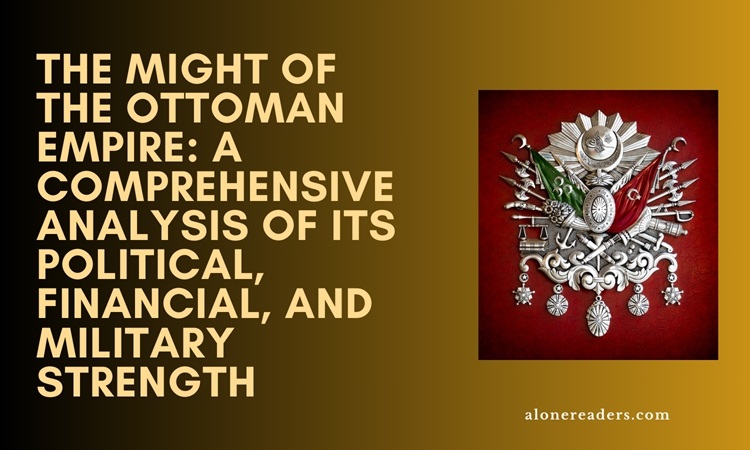
The Ottoman Empire, one of the most powerful and enduring empires in world history, stretched across three continents at its zenith, leaving an indelible mark on the course of history. Its legacy, shaped by a potent combination of political acumen, financial resourcefulness, and military might, continues to influence modern geopolitics and cultural landscapes.
Politically, the Ottoman Empire was a behemoth. Its governance system was a unique blend of centralized authority under the Sultan and a flexible, somewhat decentralized administration over its vast territories. The Sultan, considered the caliph or leader of the Islamic world, wielded supreme power. This power was not only symbolic but also deeply influential, as it granted the empire religious legitimacy and unified diverse peoples under a common religious and political banner. The Ottoman political structure allowed for a degree of autonomy in its various provinces, which helped in administering a vast and culturally diverse empire. This administrative flexibility was one of the keys to the empire's longevity, as it could integrate different cultures and traditions while maintaining central control.
In the realm of international diplomacy, the Ottomans were astute players. They skillfully navigated alliances and rivalries, maintaining a balance of power with neighboring empires such as the Safavids in Persia and the Europeans to the west. The empire's strategic position as a bridge between east and west made it a pivotal player in global politics, influencing trade routes and diplomatic relations across continents. The Ottoman practice of hostage diplomacy, where princes from vassal states were educated in the Ottoman court, helped in fostering loyalty and understanding among its neighbors and subjects, further cementing its political influence.
Financially, the Ottoman Empire was a powerhouse. Its economy was diverse and dynamic, benefiting from its strategic geographic location that straddled key trade routes between Asia, Europe, and Africa. The empire's capital, Constantinople (modern-day Istanbul), was an international trade hub, attracting merchants, artisans, and intellectuals from across the world. The Ottomans were adept at tapping into the lucrative trade of silk and spices and later, as the age of exploration opened new global trade routes, they adapted to capitalize on these as well.
The empire's taxation system was another cornerstone of its financial strength. It was sophisticated and, by the standards of the time, relatively fair. Taxes were levied on land, trade, and various forms of production. The Ottomans also implemented a system of tax farming, which, while sometimes leading to abuse, proved effective in revenue collection. Additionally, the empire's control over key regions such as Egypt, with its rich agricultural output, and the Balkans, with its mineral wealth, further bolstered its financial base.
Military might was arguably the most visible symbol of the Ottoman Empire's power. The empire's army was one of the most formidable military forces of its time, renowned for its discipline, organization, and innovative tactics. The Janissaries, an elite corps of soldiers that formed the backbone of the Ottoman military, were a symbol of this might. Recruited from the Christian populations of the empire through the devshirme system and converted to Islam, they were highly trained and fiercely loyal to the Sultan.
The Ottomans were also pioneers in the use of gunpowder in warfare, effectively employing cannons and firearms to devastating effect, most famously in the conquest of Constantinople in 1453. This marked a turning point in military history, demonstrating the power of gunpowder weaponry and signaling the end of an era dominated by fortified castles.
The Ottoman navy was another key component of their military strength. It dominated the Mediterranean for centuries, projecting Ottoman power across seas and securing key trade routes. The naval battles against the Spanish and Venetian fleets, and the control of strategic locations like the Suez Canal and the Strait of Gibraltar, highlight the empire's maritime prowess.
However, the Ottoman military was not invincible. As time progressed, the empire faced challenges in keeping up with technological advancements in warfare and the rising power of European nations. The costly wars and the empire's reluctance or inability to reform its military structure in the face of these changes eventually contributed to its decline.
In conclusion, the Ottoman Empire's strength lay in its ability to blend political acumen, financial resourcefulness, and military prowess. Its political structure allowed for effective governance of a vast and diverse empire, its financial systems capitalized on its strategic geographic position, and its military innovations set new standards in warfare. Although it eventually succumbed to internal and external pressures, the empire's legacy continues to be felt, and its history offers valuable insights into the complexities of empire-building and governance. The Ottoman Empire's story is a testament to the heights that human organization, ambition, and ingenuity can reach, and also a reminder of the impermanence of even the mightiest of powers.